Madd Leen: Definition, Importance, Examples, and Conditions

In this blog post, we will explore how Madd Leen enhances your understanding and connection with the Quran, making it more accessible, relatable, and impactful than ever before.
Madd Ewad: Definition, Conditions, significance, and Examples

Madd Ewad, also known as Compensation Madd, occurs when encountering a tanween (double short vowel sound) while reciting. Madd Ewad comes into play during this situation.
Madd Lazim: Definition, Types, and Examples

Madd Lazim is an essential concept in Tajweed and Quranic recitation. It refers to the prolongation of certain letters or sounds within a word, which adds beauty and emphasis to the recitation.
Madd Al Badal: Definition, Types, and Examples

Madd Al-Badal involves two hamzas colliding in the same word, resulting in the second hamza being transformed into a Madd letter. This rule is crucial for correct pronunciation and is utilized while reading the Quran.
The Types of Madd in Tajweed: Definition, Types, and Examples

In this blog post, we will explore the various types of Madd in Tajweed, uncovering their importance and providing guidance on how to perfect them.
Noon Saakin and Tanween in Tajweed: Definitions, Rules, and Examples in the Quran

In this article, our goal is to provide a thorough explanation of Noon Saakin and Tanween, emphasizing their differences and exploring the four fundamental rules that dictate their pronunciation.
Tanween in Tajweed: Definition in the Quran and Arabic, and Rules of Tanween in Tajweed
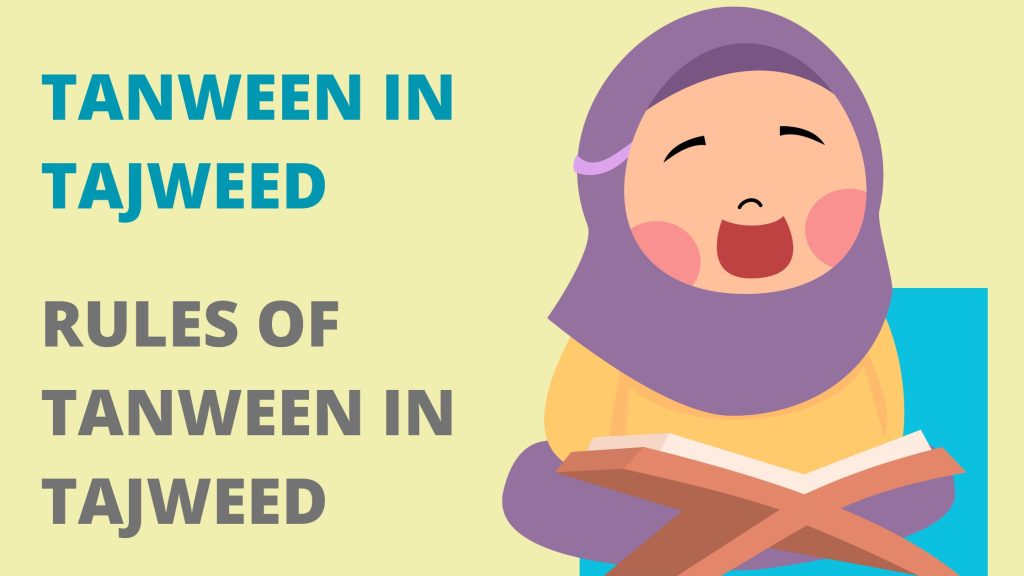
In this blog post, we will discuss what Tanween is, examine its different types and symbols, give examples from the Quran, and help you become proficient in Tajweed.
Tajweed Rules For Ikhfaa: Definition, Types, Letters, And Levels Of Ikhfaa
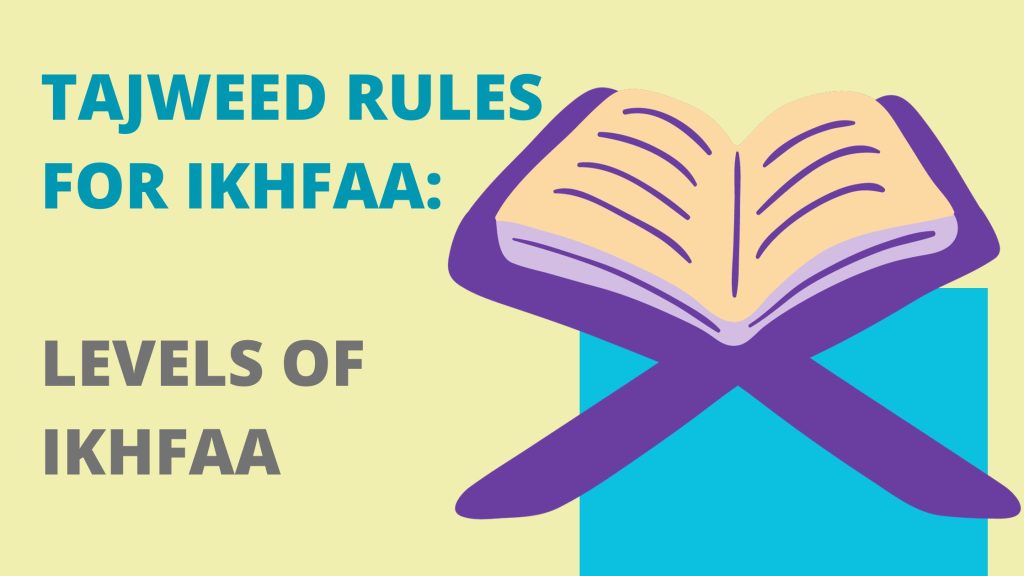
In this article, we will delve into the definition of Ikhfaa, explore its various rules and levels, identify common mistakes to avoid, and provide examples from the Quran to help illustrate its application.
Al Waqf and Ibtida in Reading the Quran: Definition, Types, Rules, and Symbols of Waqf
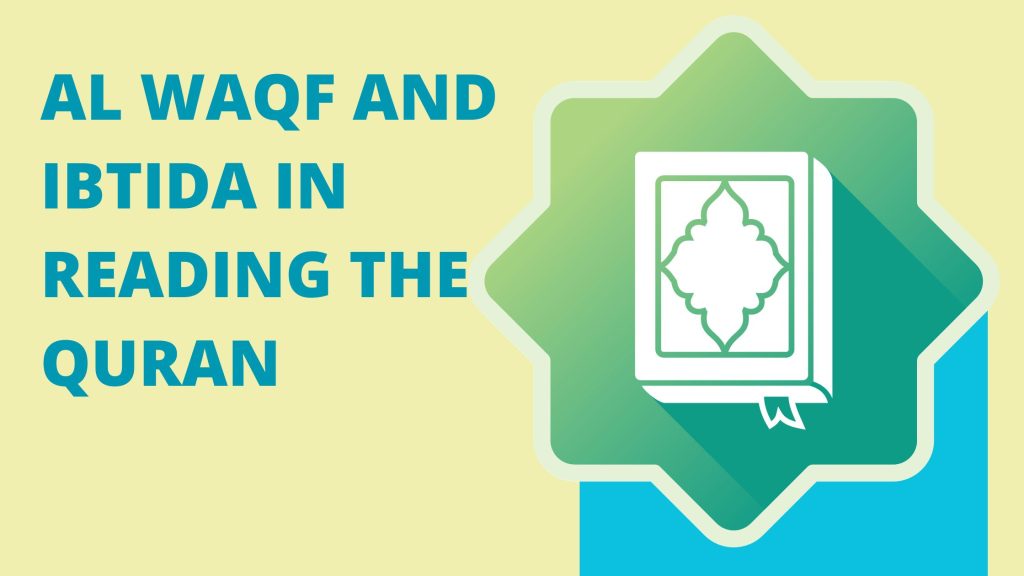
In this blog post, we will explore the meanings of Al Waqf and Ibtida, their different types, the rules to follow when encountering them, and how to decipher the symbols used to represent them.
Tajweed Rules for Heavy and Light Letters (Tafkheem and Tarqeeq) With Examples
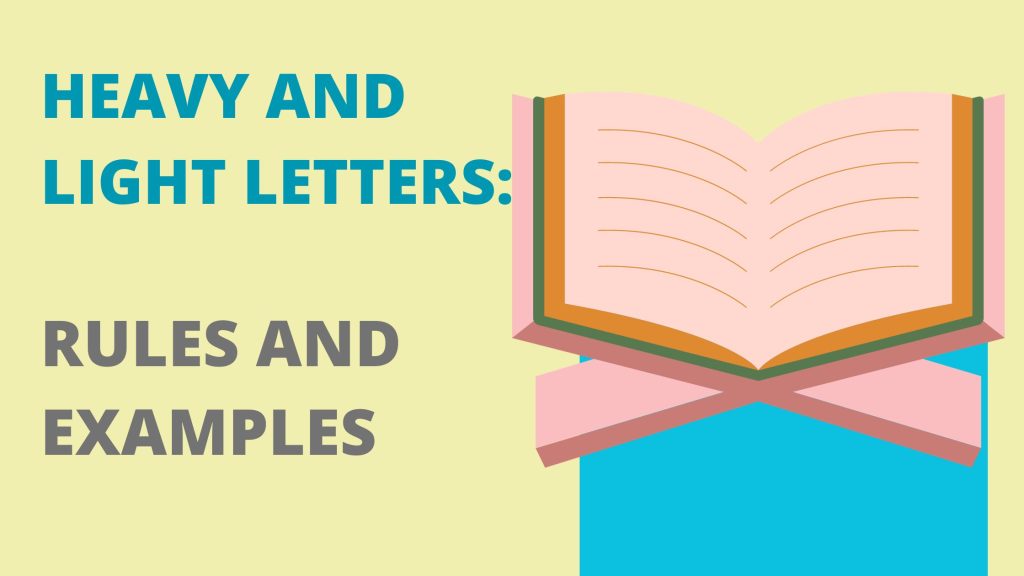
In this blog post, we will delve into the intricacies of tafkheem and tarqeeq, exploring examples and highlighting key letters that fall under each category.
Ikhfaa Shafawi: Definition, Letters, and Examples of Ikhfa Shafawi in the Quran

In this article, we will explore everything you need to know about Ikhfaa Shafawi – from its definition and characteristics to examples found in the Quran.
The Rules of Raa in Tajweed: Pronunciation, Tafkheem and Tarqeeq Rules for Raa with Examples
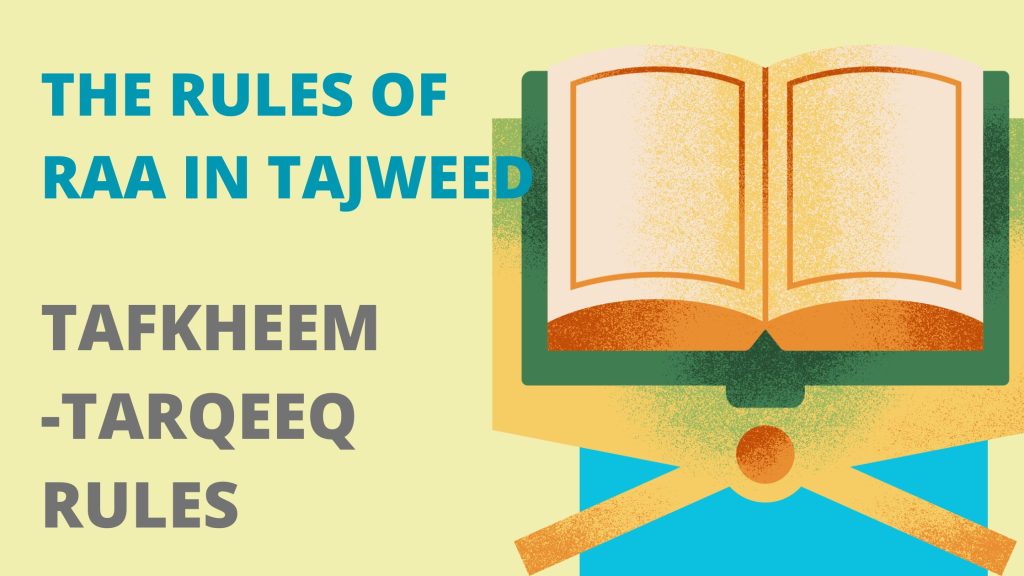
In this blog post, we will explore the complex rules of Raa in Tajweed. As one of the most important letters in Tajweed, it is essential to understand its rules and pronunciation for proper recitation of the Quran.
Arabic Letters Pronunciation with Tajweed
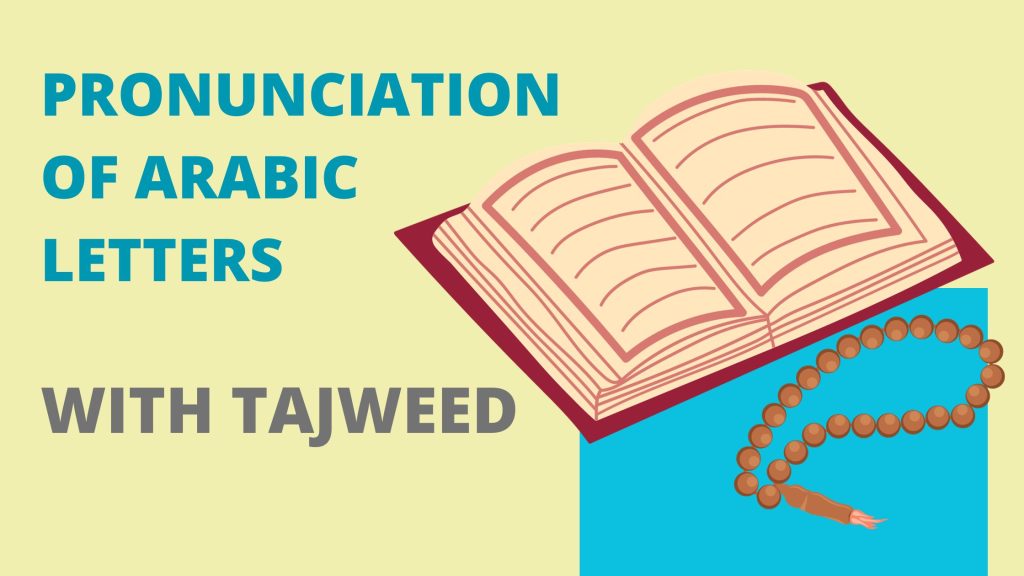
In this blog post, we will discuss the complexities of Arabic letters pronunciation in Tajweed and examine their origins and points of articulation.
Do I Have To Learn Tajweed? Is Tajweed Obligatory?

While learning Tajweed may not be obligatory in Islam, it holds immense value and benefits for those who wish to recite the Quran with precision and beauty. Understanding the meaning of Tajweed and its importance can help us appreciate the significance of adhering to its rules.
Idghaam Rules in Tajweed: Definition And Letters With Examples
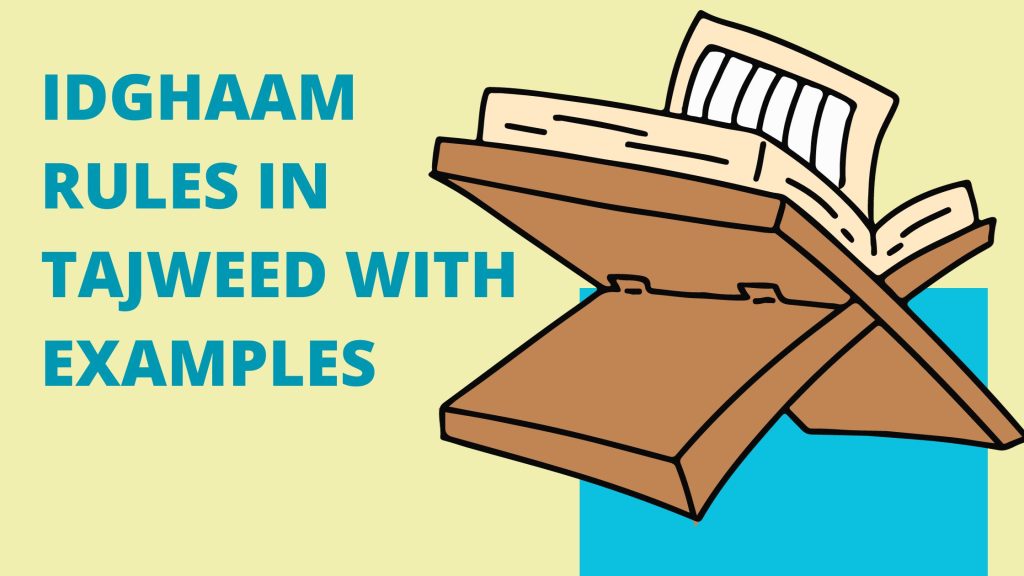
In this article, we will be discussing the concept of the Idghaam, including its letters, rules, types, and examples found in the Quran. Whether you are a beginner or have some knowledge of Tajweed, this guide will offer valuable insights into mastering this important aspect of reciting the Quran.
11 Types of Idgham with Examples from the Quran

Idghaam is an important concept in Tajweed, which refers to the merging or blending of two letters when pronounced together. Different types of Idghaam occur in the recitation of the Quran.
Difference between Ikhfa, Idgham, Izhar, and Iqlab in Tajweed

In this blog post, we will discuss the differences between Ikhfa, Idgham, Izhar, and Iqlab in Tajweed. Tajweed is a set of rules and guidelines that dictate the proper pronunciation and recitation of the Quran.
Hamzat al-Wasl Rules With Examples and Differences Between Hamzat al-Wasl and Hamzat al-Qat

In this blog post, we aim to explore the world of Hamzah and dive into the concept of Hamzat al-Wasl in great detail. We will provide a comprehensive definition, outline the rules associated with it, present examples found in the Quran, and emphasize the key distinctions between Hamzat al-Wasl and Hamzat al-Qat. Prepare yourself for […]
Iqlab in Tajweed: Definition, Letters, Types, Rules, and Examples in the Quran

In this article, we will explore what Iqlab is all about – from its definition to the letters involved, as well as how to pronounce it correctly. We’ll also dive into the different types of Iqlab, and the rules associated with it, and provide some examples from the Quran. If you are interested in the […]
Ghunnah Rules in Tajweed: Definition, Letters, Types, and Examples in the Quran

In this article, we will delve into the intricate rules of ghunnah in Tajweed. Ghunnah is an essential aspect of proper recitation of the Quran, as it adds beauty and melody to our voices while reciting the holy words. Understanding the definition, letters, rules, types, and examples of Ghunnah in the Quran is crucial for […]
Izhar in Tajweed: Definition, Types, Rules, and Examples in the Quran

In this comprehensive blog post, we will delve into the rule Izhar in Tajweed. Through this exploration, we will gain a deep understanding of what Izhar entails, including its significance in the recitation of the Quran.
